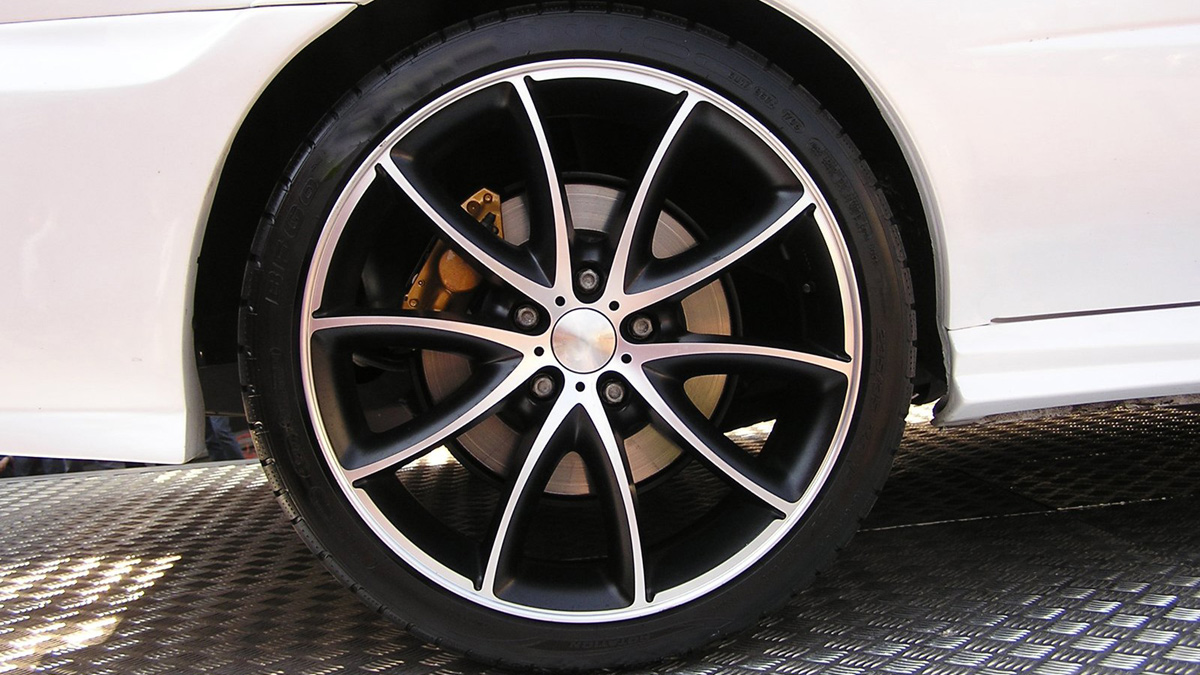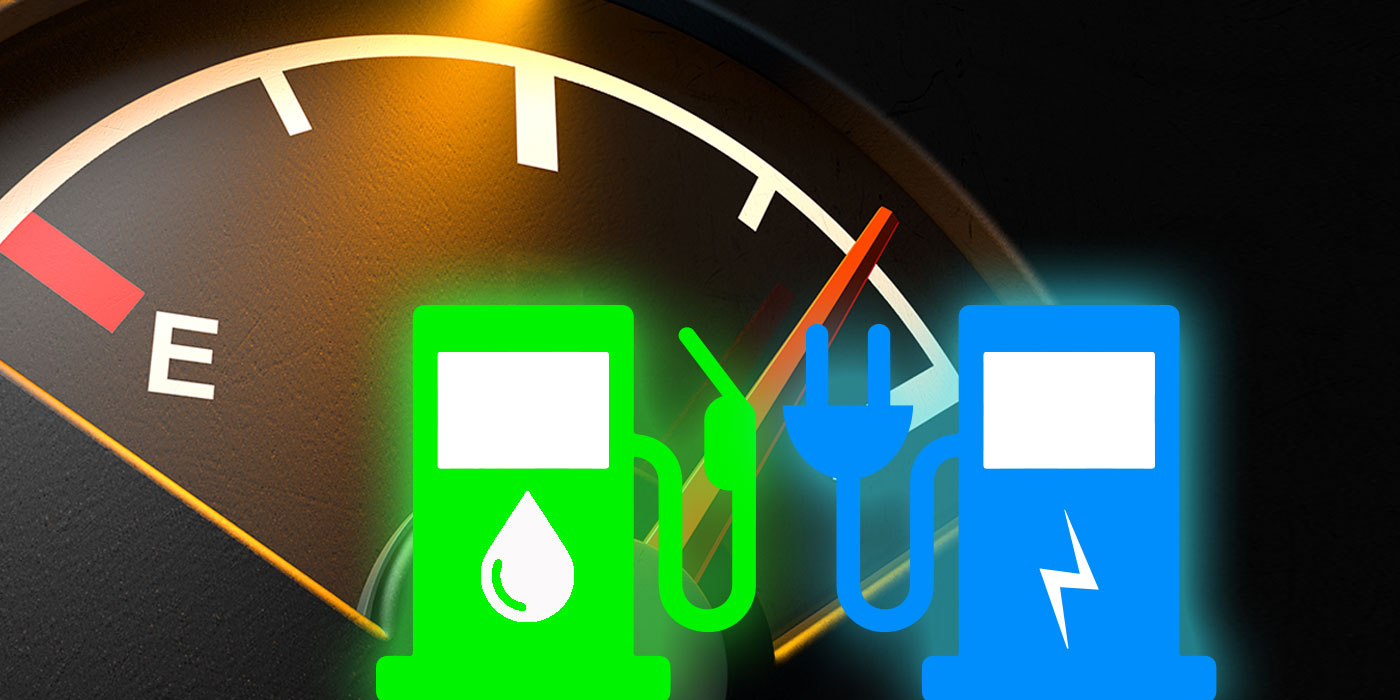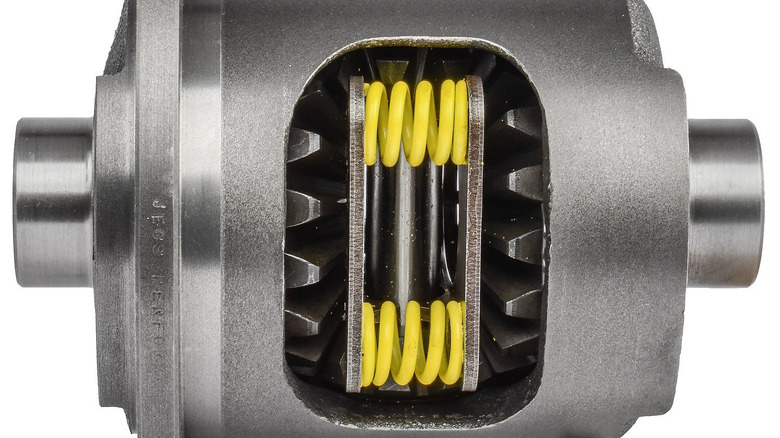What comes to mind when you think about improving vehicle performance? Should you buy new brake pads? If you answered no to this question, you are probably not alone.
Brake updates can help you move faster on the track, allowing you to brake later and harder in corners. On the other hand, brake system enhancements on a typical project vehicle are often the last thing to be updated. This can be quite risky. Today we will discuss brake updates, how to choose the right brakes for your vehicle, and more.
By the time you finish reading this article, you should have a good understanding of how the various components of the braking system affect the performance of your vehicle.
Why is a Brake Upgrade So Important?
This article will be divided into two parts. Part one will cover changing your everyday driver’s brakes, as well as the benefits of doing so and more. The final part of the article will be devoted to the modernization of brakes for project vehicles and tracked vehicles.
It is more important to be able to stop completely than to be able to accelerate quickly. This is self-evident, or at least it should be. It is critical for day-to-day driving as well as efficiency on the track to be able to safely and predictably slow down your vehicle’s speed.
If you are driving your car to the track, you should check your brakes more closely. Aggressive driving with standard brakes is one of the most common beginner mistakes. Of course, while many modern cars have good brakes right from the start, brake fading is a reality.

Brake Fade and Other Problems
Brake fading is a condition in which your brakes get hot and stop working properly, usually after many hard braking sessions. This is because your brakes reach a certain temperature when the pads and discs stop functioning properly. Gases from the braking compounds might also build up between the disc and pad, reducing your ability to stop. As a result, you will lose a significant portion of your braking capacity, and it will no longer be safe to drive the automobile.
Of course, modern brake pads are not as bad as they used to be when it comes to the formation of gas layers, but the effect is still noticeable to some extent.
Brake fading is most commonly seen in racing. You put your car and yourself at risk of brake fading when you drive aggressively on the highway. The likelihood of this problem occurring is determined by your braking system, rotors, pads, calipers, and other components.
Complete brake failure due to brake fluid boiling is another, albeit less common problem that you may encounter when racing with standard brakes.
When braking, the hydraulic fluid in the system heats up. There is a chance it will lose all of its hydraulic properties during intense racing days, depending on the boiling point of the fluid. Once this happens, the brakes do not actually work, and this is already dangerous.
Upgrading Standard Brakes in Regular Vehicles
The misconception that you need to fit huge discs and equally large calipers is one of the most common misconceptions about brake upgrades. This is especially absurd if we are talking about ordinary cars intended for everyday driving, nothing more.
It is a myth. Even the simplest procedures, such as flushing the system and replacing old brake fluid, can be helpful. Vehicle brakes that are used every day usually do not meet factory standards. A simple component upgrade procedure can greatly improve shutdown efficiency.
Brake Pads
Brake pads are a component that needs to be replaced regularly. Replacing brake pads is one of the easiest ways to improve the braking performance of your vehicle. Not only that, gaskets come in a variety of flavors. The “meat” component in the pads is a unique braking agent. Its purpose is to grab the brake rotor or brake disc and create friction to decelerate the vehicle.
Braking compounds can be more or less abrasive. This will largely depend on the brand you choose, as well as the type of pad you use. One thing to keep in mind, which we’ll talk about a little later, is that stronger braking compounds produce more heat.
We’ve previously established that excessive heat will cause brake fade. As a result, sticking with OEM brake pads is the greatest option. If not made by the OEM, you may go one step higher and gain from enhanced braking without risking brake fade.
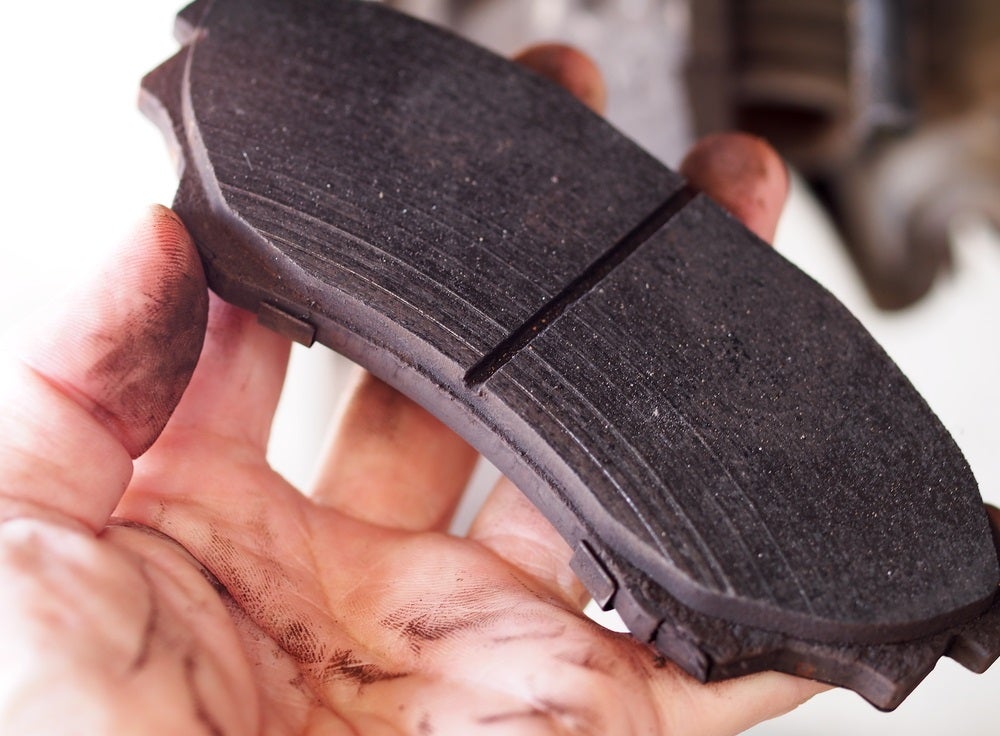
Brake Rotors
Brake rotors, on the other hand, are the second component of this equation. They can be worn too and have a longer lifespan than premium brake pads. Brake discs become grooved over time and also deform due to climatic conditions and negligence.
Imagine driving on a highway at high speed during a rainstorm. You drive fast, with hard braking and acceleration. Now suppose you hit a huge puddle at that speed? What many people perceive as annoying is actually quite dangerous for the brakes.
Cold water entering the nearly incandescent, hot rotors may be enough to permanently change their shape. In some situations, you will feel imbalance when you apply the brakes, but you can also expect the brakes to squeal. In more severe circumstances, brake discs are deformed to such an extent that it becomes unsafe to use them.
Should you have ventilated discs in your car? After all, this is what all the fancy sports cars have, so this must be the best way to drive properly?
Not always. There is no doubt that ventilated rotors are effective in reducing brake burnout and maintaining temperature. However, they are much more difficult to warm up than traditional rotors and, as most people know, cold brakes equate to poor braking performance.
The more important question to ask is whether you will be using these rotors enough on your daily commute to properly warm them up.
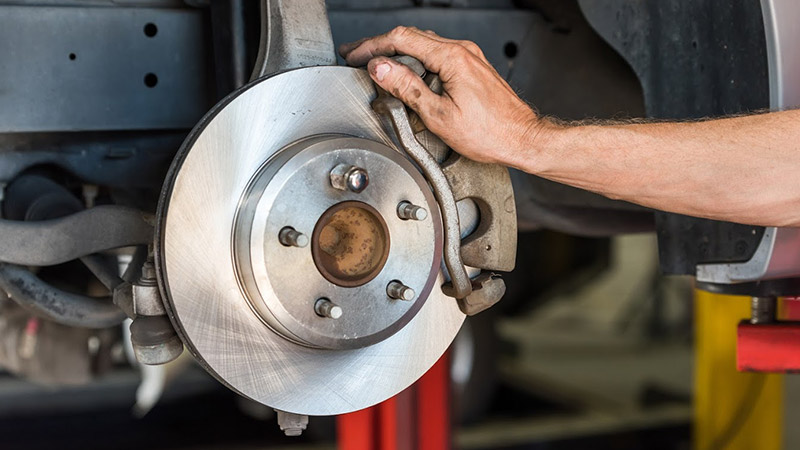
Upgrading the Braking System For Performance Cars
Retrofitting brakes for a high-performance car that spends most of its time on the track is an art. There are usually five areas you should upgrade in, but for those looking to do your best, we’ll add a sixth.
However, before investing heavily in large brake kits, make sure that the equipment you have is simply not enough. Increasing the weight of your car is not a good idea. So what’s the best way to choose the right brakes for your vehicle?
Hear What Your Car is Trying to Tell You
You should analyze your car’s braking system in the same way that a doctor diagnoses a patient. Push it hard on the track and pay attention to how the system works, how quickly the brakes are released, and whether you have any brake misalignment. By themselves, these factors can provide enough information to get you started planning upgrades and what modifications are required.
After you thoroughly investigate the problem, you need to focus on four key areas to improve the braking performance of your vehicle. Larger rotors, stronger pads, more powerful calipers, improved brake lines and improved brake fluid are all possible improvements. The larger master cylinder is the sixth option we mentioned earlier.
How do You Know If Your Car’s Rotors Need To Be Replaced?
What are the symptoms of needing bigger, beefier brake rotors? The simplest method to recognize is when your stock rotors are heating up and exhibiting heat-checking, as well as failing to provide adequate braking force when and where you require it.
When replacing the brake rotors, make sure that the bias is correct. If your rear brakes are locked before the front brakes, you have a rear brake bias. Forward drift occurs when your rear locks before your front locks. You will no longer be able to completely correct the skew when braking, as it is affected by a number of factors, including the surface you are driving on, your tires, and so on. What you can do is not make the problem worse.
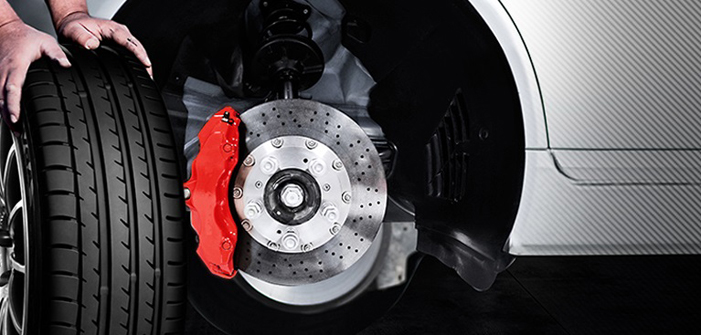
Which Rotor Type is Right For You?
In addition to the OEM standard component, two types of rotors need to be considered: vented rotors with drilled holes and vented rotors with slotted holes. Since we assume your requirements go beyond conventional simple rotors, we will discuss ventilated rotors.
Vented Drilled Rotors
Once upon a time, drilled rotors were quite popular. They can still be seen on high performance vehicles, although they are not as common as they used to be.
There is a reason for this. Drilling holes in the rotors was considered the best way to get rid of gases or other debris that we talked about earlier. However, with the advent of more efficient brake compounds, the gas problem has completely disappeared.
Vented Slotted Rotors
It has been found that grooving the outer surface of rotors provides the same advantages as drilled rotors while avoiding many of their disadvantages. In fact, almost all serious races today are conducted on slotted rotors.
Vented rotors are standard because removing hot air between the two discs has proven to be the most efficient way to keep the rotor’s temperature reasonable.
Rotor Size
Increasing the rotor diameter increases the available braking surface. Larger rotors have a larger volume of material from which the brake compound of the pads can bite, resulting in better performance. However, the increase in size also increases weight and requires additional cooling.
You may not be able to enlarge your rotors due to your suspension or wheel size, so keep that in mind before you start spending money on huge rotors. With that said, if you need more stopping power, a larger rotor is the best solution.
Performance Brake Pads
High performance car brake pads are a very different animal than regular brake pads. There are pads rated for 100,000 miles that offer mediocre stopping power, just like tires, but there are also extremely abrasive pads with a life of only 25% of that life.
In other words, you have to find a balance that is perfect for you. We will focus more on the latter as we discuss high-performance cars.
Not all performance pads are created equal, however. Some, like hill climbs where you need the pad to bite in without any warmup, are designed for sprint races. Such pads don’t last long at all.
On the other hand, if you are doing a long run where the best performance is only achieved after the last has been properly heated, you will need an endurance pad suitable for long races.
The easiest way to determine what kind of compound you need is to figure out what kind of driving you will do the most. After collecting this information, research different compounds from different manufacturers.
Which Calipers Should you Choose?
Big brake kits are without a doubt fantastic. They look great, make the pads fit tighter against the rotor, but what don’t you like? Believe it or not, you can’t just put the biggest and most powerful calipers on your front wheels.
On the other hand, larger calipers require more fluid because they usually have more pistons and are wider than your vehicle’s braking system is intended to be. This causes a softer brake pedal and depletion of the brake fluid system.
It is very important to find out which type of caliper is right for your vehicle. There are many different brands that make great kits, so you should have no problem finding the one that suits you.
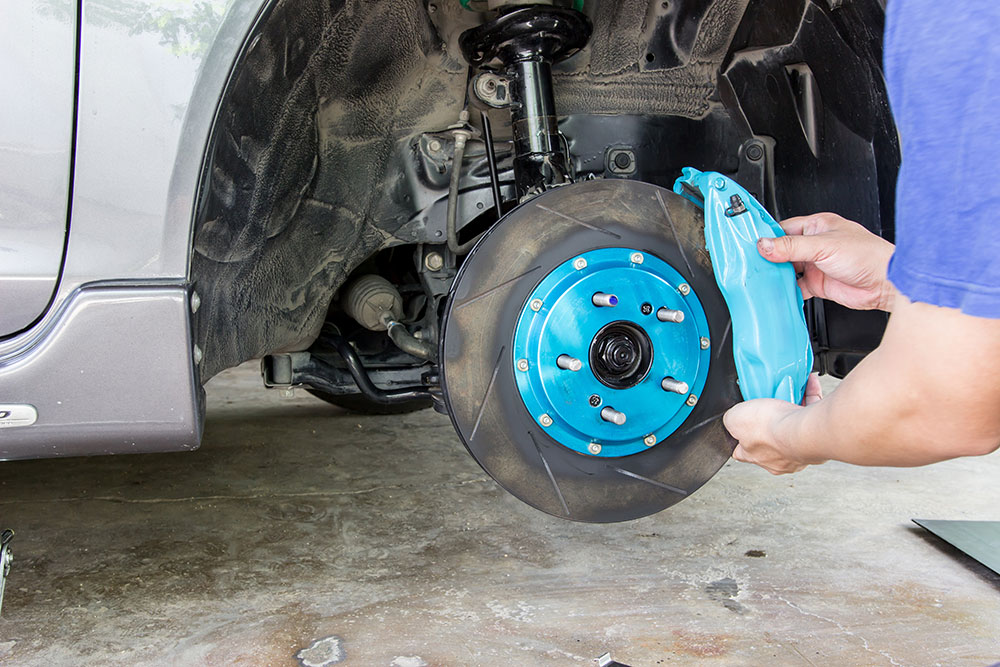
Stainless Steel Braided Brake Lines
The often overlooked brake lines are one of the most important parts of the braking system. OEM rubber brake lines are commonly used. While the rubber is good for day-to-day city driving, it is not as effective on the track. Heat is your greatest opponent in this case, as is usually the case with any performance-oriented vehicle.
Brake fluid in your car’s hydraulic system starts to heat up when you throw it on the highway. The rubber compounds used in the manufacture of standard brake lines are soft and expand when heated. If you need this system to work efficiently, adding volume to any hydraulic system is a bad idea.
Replacing rubber brake lines with stainless steel braided lines is one way to solve this problem. They are much more effective at resisting heat build-up and pressure build-up in the system.
Performance Brake Fluid
One of the last things you can do to improve your braking performance is to use high performance brake fluid in your system. OEM brake fluid is ideal for normal use. When you start to brake hard, you will find that the standard fluid is not enough. This is due to the fact that the original liquid has a low boiling point. As the boiling point approaches, some of the liquid turns into gas, which seriously reduces your stopping power.
To prevent all of this, there are brake fluids with significantly higher boiling points. Performance fluid maintains its fluidity even at high temperatures, which are common after frequent heavy braking situations.
Master Cylinder Size
When you fit larger calipers and rotors, you may find that there is not enough volume to push the required amount of fluid where it needs to go. A larger bore master cylinder is one way to solve this problem. This is not a standard update, but we decided to include it because it might help with some issues caused by large calipers. Especially with 8 pistons.
The cylinder you need to find depends on the make and model of your vehicle. Since some cars can often be seen on tracks, they usually have a large selection of main cylinders.
Tires and Suspension
Before we wrap up this guide, let’s briefly discuss tires and suspension. Both of these elements significantly affect your vehicle’s ability to brake effectively. A car with bald tires cannot be stopped even with 8-piston calipers. Likewise, if your car bounces off the ground when hitting a pebble, you may experience poor braking. Keep this in mind when considering upgrading your braking system.
Summary
In the end, upgrading brakes is much more difficult than choosing the largest rotor and caliper you can find. Before making any changes, you need to get comfortable with what suits your vehicle. Otherwise, you may find that all of your new improvements make your car slower on the track than faster!
